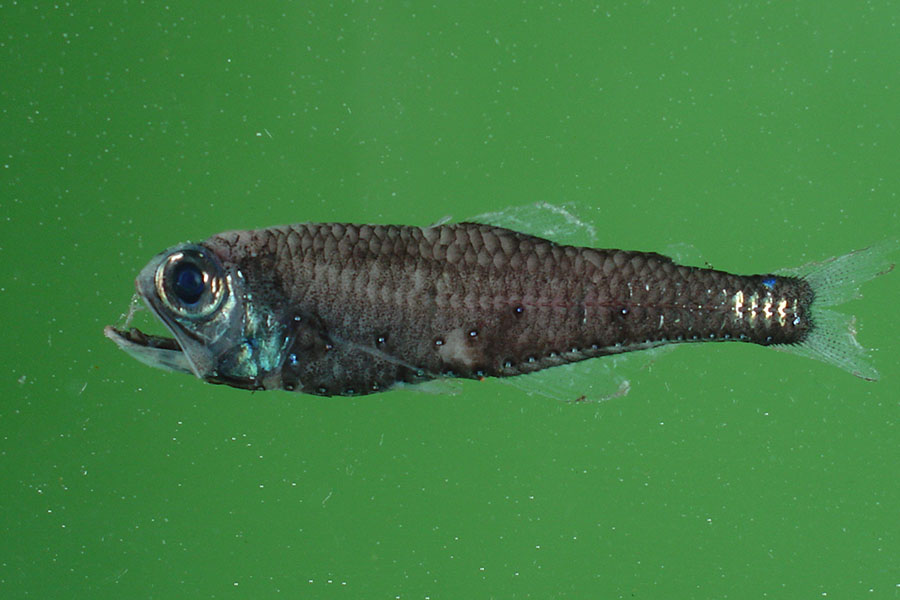Principal Investigator: Professor Rod Wilson University of Exeter
This project will deliver a greatly improved understanding of a key component of marine carbon cycling, the CaCO3 pump. We will do this through a comprehensive new dataset on the variation in mineralogy, solubility and sinking rates of fish gut carbonates for the most globally important mesopelagic and epipelagic species.

We will also gain novel data on how dietary calcium influences gut CaCO3 production in bony fish or shelled invertebrate prey. These new data will address vital questions about its production and ultimate fate in the marine environment (i.e., where it dissolves, adding alkalinity to seawater).
Fish gut carbonates and the control of ocean alkalinity – Rod Wilson (pdf)
Impact
Understanding the CaCO3 pump, how it interacts with other components of the cycle, and its atmospheric CO2 feedbacks is critical for accurate predictions of how the cycle and global climate will change in the future.
The outcomes of this project will be used to parameterise ocean carbon cycle models, assessing fish contributions to the marine carbon cycle, for today and future climate scenarios.
Those who will benefit from these outcomes include modellers, marine ecologists, geoscientists and fish physiologists and ecologists.
Background
The global oceans currently absorb ~30% CO2 emissions resulting from human activity. The carbon cycle that regulates this ocean atmosphere CO2 exchange, depends on several processes. These are described as a series of interacting ‘pumps’: a physical/chemical solubility pump; a biological ‘soft tissue’ pump; and a calcium carbonate pump.
Calcium carbonate is a white, chalky mineral produced by a range of marine organisms. Importantly, when it dissolves it increases the alkalinity of seawater, which can reduce the seawater CO2 concentration below atmospheric CO2 levels and ‘suck’ anthropogenic CO2 from the atmosphere. Knowing exactly where it dissolves is therefore key to understanding the role this calcium carbonate pump plays in regulating ocean chemistry and atmospheric CO2.
The operation of the calcium carbonate pump depends on the production rate and the types of carbonate minerals that are produced by marine organisms, the rate at which they sink, and how rapidly these carbonate minerals then dissolve.
Most ocean carbon cycle models make the assumption that carbonate production is dominated by the plankton and coccolithophores (microscopic algae). However, we now know that very large amounts of carbonate are excreted by marine bony fish (teleosts). This carbonate, is continuously produced in the intestines of fish and excreted as waste.
The potential significance of this process to the marine CaCO3 pump was recognised in an initial modelling exercise led by PI Wilson (Science, 2009) which suggested that fish may account for at least 3–15% of total marine CaCO3 production globally, and realistically as much as 45%. Since that first modelling exercise the science behind this process has advanced hugely.
As a group (and through the work of others) we now know that fish produce a hugely diverse range of carbonate mineral types, which existing knowledge would suggest should dissolve at very different rates. As a result, the assumptions in the first modelling efforts that fish produce uniform and relatively soluble carbonate types are no longer valid. Whilst we can already address some of the knowledge gaps, there is little or no data for fish from families that comprise ~94% of global fish biomass – including almost no data for mesopelagic fish that alone account for at least 60% of fish biomass.
This project will fill knowledge gaps by delivering new empirical data on fish carbonate production, mineralogies, solubilities and sinking rates to inform the first spatially and mineralogically resolved global production estimates.